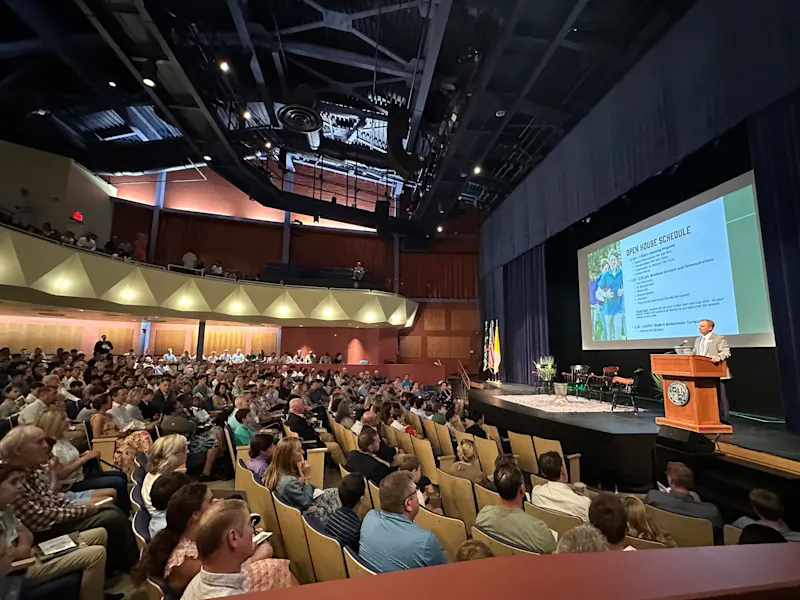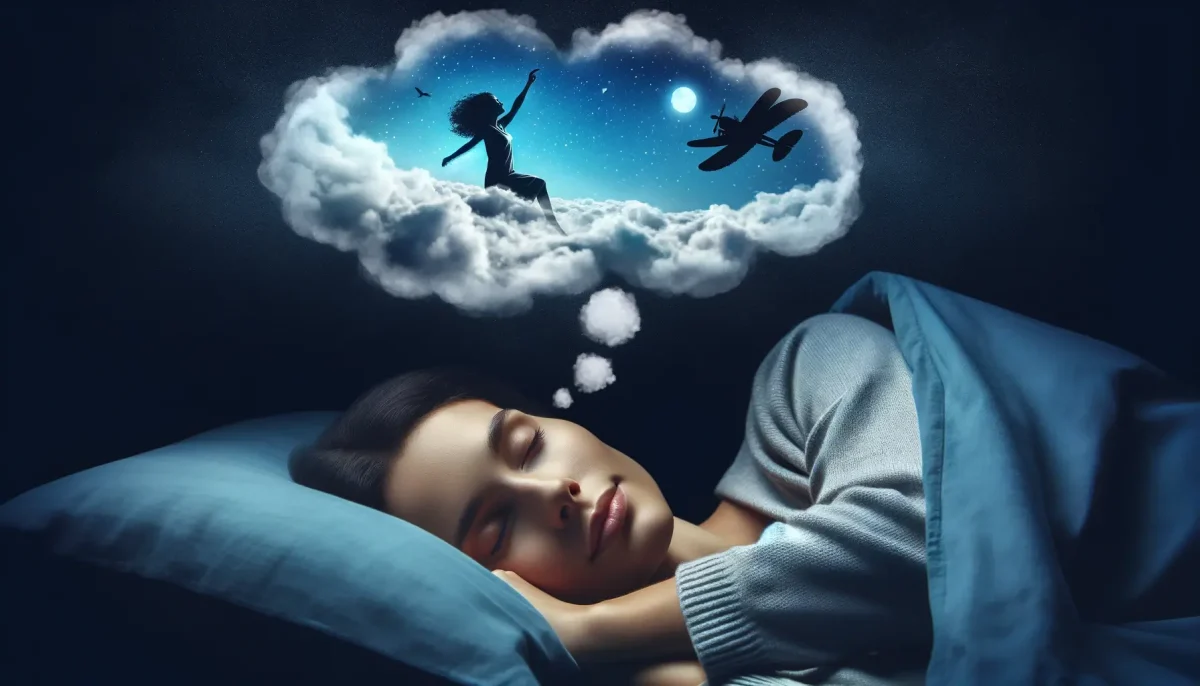From time immemorial, dreams have been a centerpiece of human imagination, giving rise to a number of myths, religious meanings, and even scientific research. Dreams are often confused, weird narratives that somehow find their way into our minds while we sleep. But why do we dream, and what can we take from these nocturnal visions? Scientists, psychologists, and philosophers all propose various theories, yet the true function and meaning of dreams remain one of the deep mysteries of the human mind.
From an evolutionary perspective, the process of dreaming may play adaptive functions that help with survival. One popular hypothesis suggests that dreams serve as “threat-simulation” purposes, allowing the organism to rehearse how it will respond to potential dangers in a safe environment. Proponents of this view argue that this type of ability might have been crucial for ancestral humans navigating through an ecosystem full of predators and hazards. The environment may be different, but the psychological mechanisms generating such simulations could be constant and reflect our anxieties and terrors in archetypal, symbolic forms.
It is cognitively believed that through dreaming, consolidation of memories and challenges is possible. The brain is generally most active during REM sleep, organizing and integrating experiences of wakefulness. This is a stage of sleep associated with creativity and insight, as many people report having personal epiphanies or inspired thinking in the aftermath of the dream.
The so-called “continuity hypothesis” holds that dreams reflect our waking concerns, integrating our real-life problems into fantastical narratives. It may well be that this blending of reality with fiction provides the cognitive machinery with a peculiar setting within which to present unresolved issues. Sigmund Freud, an Austrian neurologist and the founder of psychoanalysis, famously described the meanings of dreams as “the royal road to the unconscious.” According to Freud, every dream represented some unfulfilled wish; most of them came from one’s childhood. The strangeness and incoherence of the dream represented masking taboo impulses through symbolic representation.
For instance, Freud might interpret a seemingly harmless dream about climbing a ladder as a metaphor for ambition, the pursuit of success, or overcoming hardships. Though Freud’s theories have faced criticism and fallen out of favor with mainstream psychology today, they nonetheless provided an initial conceptual system for studying the psychological dimensions of dreams. Carl Jung, on the other hand, considered dreams to be what connected human beings with the “Collective Unconscious”, a shared reservoir of archetypes and symbols. According to him, dreams can offer insight and guidance about life issues, serving as a foundation for decisions regarding growth and self-discovery. His work emphasized the importance of interpreting dream symbols contextually, recognizing their potential to reveal deeper truths about the dreamer’s psyche. According to Jungian analysis, recurring motifs in dreams can represent unhealed aspects of the psyche or serve as sources for psychological transformation.
Neuroscientists took a more mechanistic approach, investigating the neurological basis for dreaming. One approach, called the “activation-synthesis hypothesis,” proposed by Allan Hobson and Robert McCarley, theorizes that dreams are due to the brain trying to make sense of the random neural activity occurring during sleep. That theory postulates that such random signals are integrated by the cortex into coherent stories, thus producing illogical and often bizarre narratives. While it explains the process of dreaming, at the same time, it diminishes the idea of there being an intrinsic meaning in dreams, relegating them to the status of accidental by-products of bodily functioning, as opposed to intentional mental events.
Cultural perceptions about dreams add another dimension to the discussion, which gives diversities in human interpretation. In many Indigenous traditions, dreams are believed to carry a message from the spirit world or ancestors for guidance, or warning. For example, the ancient Egyptians believed dreams came from the gods to give guidance; they recorded the images of dreams so others could interpret their meaning. Members of the Aboriginal Australians practice “dreaming,” a spiritual act wherein the dreamer is transported to ancestral knowledge and even the land itself. In fact, such cultural narratives denote how much the credulous system and societal values contribute to shaping dreams as representations of the individual and the collective.
Modern psychology recognizes the possible therapeutic value of dreams. Today, dream analysis plays a significant role in some psychotherapeutic approaches, allowing patients to work out their feelings and sometimes reach deeper unconscious conflicts. Nightmares, for example, can indicate unresolved trauma or other forms of stress and provide an opening toward healing.
Furthermore, methods such as lucid dreaming–characterized by an awareness of and the ability to control one’s dreams–are currently under investigation for their potential and possible effects on reducing anxiety and enhancing problem-solving abilities. This growing interest underscores the enduring importance of dreams in understanding mental health and well-being. Despite centuries of inquiry, the ultimate function, purpose, and meaning of dreams–whether as cognitive housekeeping, evolutionary leftovers, or deeper insights into our interior worlds–continue to elude us. Perhaps dreams are the result of many forces working together, shaped by the interplay of the distillation of waking experiences, biological processes in the brain, psychological functions, and cultural influences. Though dreams may never yield a straightforward answer, they remain an integral part and profound aspect of the human experience, a symbol of fears, desires, and limitless imagination. While science sheds light on the mysteries of the sleeping brain, man’s innate fascination remains an invitation to a glimpse into the depths of the unconscious.


































